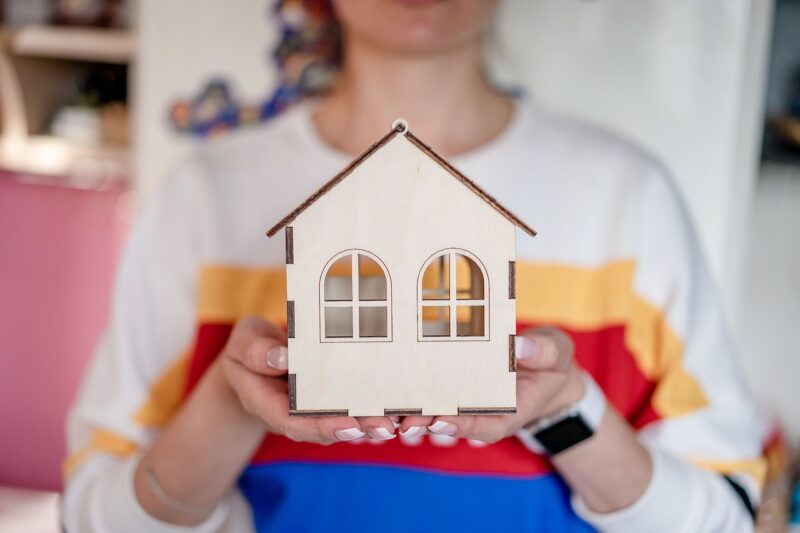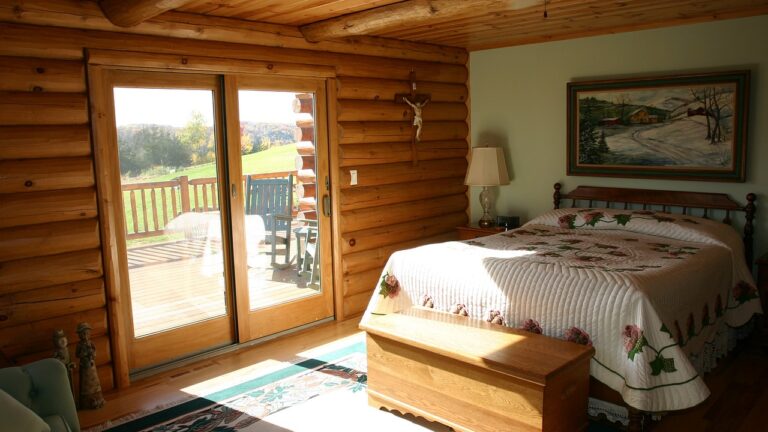When it comes to financing your dream log cabin, you may be wondering whether to go for a traditional mortgage or explore log cabin financing. Understanding the differences between the two options is crucial in making an informed decision that suits your needs.
This article will delve into the variances between log cabin loans and traditional mortgages, helping you determine which path is proper for you.
Log Cabin Loans: A Specialized Approach
Log cabin loans, sometimes known as log home mortgages, cater to the unique characteristics of log cabins. Here are the key differences that set them apart from traditional mortgages:
Property Type:
Log cabin loans are specifically designed for log cabins, considered unconventional properties. Traditional mortgages, on the other hand, are meant for conventional homes, including single-family houses, condos, and townhouses.
Appraisal and Inspection:
Log cabins often require specialized appraisals and inspections due to their distinctive construction. Traditional mortgages typically have less stringent requirements in this regard.
Down Payment:

Log cabin loans may require a higher down payment compared to traditional mortgages. Lenders might ask for 20% or more of the cabin’s purchase price, whereas traditional mortgages can have lower down payment options, such as 3.5% for FHA loans.
Interest Rates:
Interest rates for log cabin loans can be slightly higher than those for traditional mortgages. This is partly due to the perceived higher risk associated with log cabins.
Insurance:
Insurance for log cabins can also be more expensive, as they may be situated in remote or wooded areas, increasing the risk of fire or other damage.
Lender Specialization:
Finding a lender experienced in log cabin loans is crucial. Many traditional mortgage lenders may not offer specialized financing for log cabins.
Traditional Mortgages: The Standard Choice
Traditional mortgages are well-suited for conventional homes in urban or suburban areas. Here are some key characteristics of traditional mortgages:
Property Type:
Traditional mortgages are designed for traditional homes, which conform to standard building codes and construction practices.
Appraisal and Inspection:
The appraisal and inspection processes for traditional mortgages are typically straightforward and follow established guidelines.
Down Payment:
Traditional mortgages often offer lower down payment options, making homeownership more accessible to a broader range of buyers.
Interest Rates:
Interest rates for traditional mortgages are generally competitive and can be more favorable compared to log cabin loans.
Insurance:
Insurance costs for traditional homes are often lower, as they are usually located in well-populated areas with easier access to emergency services.
Summing Up
Choosing between a log cabin loan and a traditional mortgage depends on your specific circumstances and priorities. If you’re set on living in a rustic log cabin and are willing to invest in the unique features and requirements that come with it, a log cabin loan might be the right choice. On the other hand, if you prefer a more conventional home in a suburban or urban area, a traditional mortgage is likely the way to go.
If you are planning on getting a log cabin loan, choose your service provider wisely.

